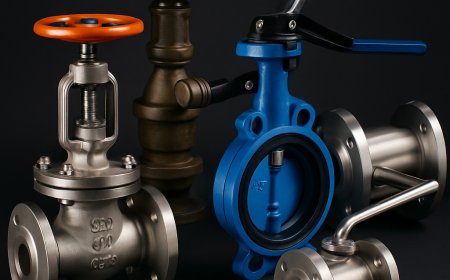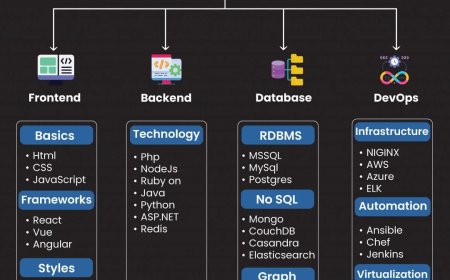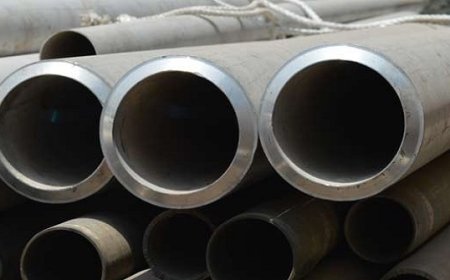Flex Spaces and the Future of Work
Introduction
As work models evolve, so do the expectations around office spaces. The traditional cubicle-heavy workspace is no longer the default for forward-thinking businesses. Instead, companies are embracing flexible workspace models that support collaboration, creativity, and well-being. Industry experts like Harsh Binani have been vocal advocates of this shift, recognizing that flexibility is not a trendit's a long-term solution for dynamic business needs. With hybrid work gaining momentum, flex spaces are becoming the answer to both employee satisfaction and operational efficiency.
Responding to Changing Workforce Demands
The modern workforce is more mobile, digital, and experience-driven than ever before. Employees no longer seek just a jobthey want purpose, flexibility, and a space that allows them to do their best work. As businesses adapt to this shift, the traditional office format struggles to keep up.
Flex spaces offer a solution by providing workplaces that evolve alongside teams. Whether its hot desks, collaborative hubs, or quiet focus areas, these spaces cater to diverse working styles. Leaders like Harsh Binani have been instrumental in promoting this adaptable approach, advocating for workspaces that prioritize people without sacrificing productivity.
The Hybrid Work Imperative
Post-pandemic, the hybrid model has become a preferred work arrangement for many organizations. It offers the best of both worlds: the autonomy of remote work and the collaboration of physical office presence. But for hybrid work to be effective, the office must serve a different purposeit must inspire, connect, and support employees in new ways.
This is where flex spaces come in. They are built with agility in mind, allowing businesses to scale up or down based on changing headcounts and business needs. According to Harsh Binani, designing offices that complement hybrid work is key to long-term workplace success. Its about creating a space that employees actually want to return to.
Technology and Experience at the Core
Modern flex spaces arent just about open layouts or trendy furniture. Theyre powered by technology that streamlines operations and enhances user experience. From app-based access to smart room bookings and climate control, technology is integrated seamlessly into the environment.
This digital-first approach not only supports efficiency but also provides real-time data insights for better space planning. Advocates like Harsh Binani believe that combining technology with thoughtful design is what truly transforms an office from a space into a service.
Supporting Growth and Sustainability
Another strength of flex spaces is their role in business growth. For startups and large enterprises alike, these spaces offer financial flexibility and reduced overheads. Instead of committing to long-term leases, companies can choose scalable solutions that suit their current and future needs.
Flex offices also align well with sustainability goals. Shared infrastructure, energy-efficient designs, and reduced waste contribute to a lower carbon footprint. Leaders such as Harsh Binani see this as a win-winsupporting busines

s agility while promoting responsible environmental practices.
Conclusion
The future of work is being built today, and it's more fluid, tech-driven, and people-focused than ever. Flexible workspaces represent more than a shift in designthey reflect a cultural change in how we think about work itself. As companies look for smarter, more sustainable ways to operate, flex spaces will continue to rise in relevance. Thanks to thought leaders like Harsh Binani, the path forward is not just practicalits progressive.
























